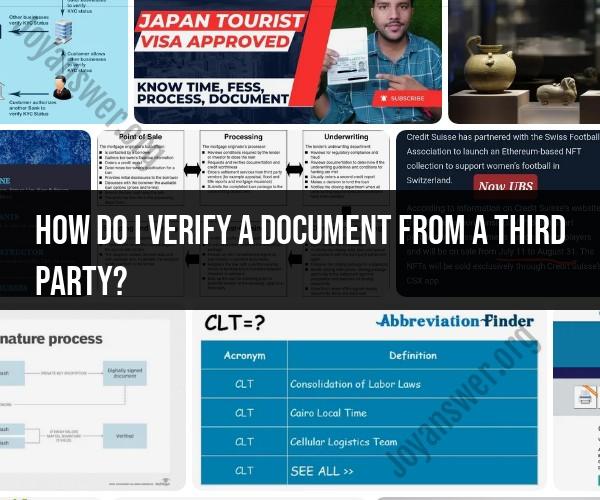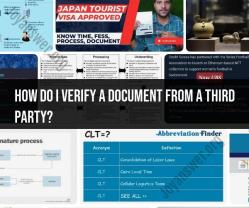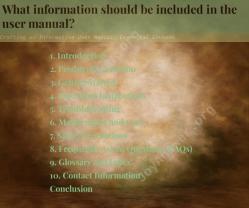How do I verify a document from a third party?
Verifying a document from a third party typically involves confirming the authenticity and validity of the document to ensure that it is genuine and has not been altered or forged. The specific steps and methods for document verification can vary depending on the type of document and its intended use. Here are some general steps you can follow:
Examine the Document for Basic Authenticity:
- Start by examining the document for basic authenticity features. Look for official seals, watermarks, holograms, or other security features that are commonly used to distinguish genuine documents.
Compare with Known Templates or Samples:
- If possible, compare the document with known templates or samples of similar documents provided by the issuing authority. This can help you identify any discrepancies or irregularities.
Check for Signatures and Stamps:
- Verify the signatures and official stamps or notarizations on the document. Ensure that they match the expected signatures of the issuing authorities or individuals.
Use Verification Services:
- Many organizations and government agencies offer online verification services for certain types of documents. These services may allow you to enter a document's unique identifier (such as a serial number) to verify its authenticity.
Contact the Issuing Authority:
- If you have doubts about the document's authenticity, contact the issuing authority directly. Obtain their contact information from official sources to ensure you are communicating with the correct entity.
Request a Certified Copy:
- In some cases, you may be able to request a certified copy of the document directly from the issuing authority. Certified copies are often considered more reliable than photocopies or scanned versions.
Seek Legal or Notarial Verification:
- For certain documents, especially legal or notarized documents, consider seeking the assistance of a legal professional or notary public who can verify the document's authenticity.
Use Document Verification Services:
- Some third-party organizations and companies offer document verification services. These services may involve advanced methods such as forensic analysis and document examination to verify authenticity.
Check the Document's Purpose:
- Consider the context in which the document is being used. Some organizations or institutions may have specific requirements for document verification, so ensure that you meet their criteria.
Exercise Caution with Digital Documents:
- When dealing with digital documents, be vigilant about cybersecurity and digital signatures. Ensure that digital signatures are valid and that the document has not been tampered with.
Document Verification Agencies:
- Some countries have government agencies or private organizations dedicated to document verification. You can contact these agencies for assistance.
Document Authentication Services:
- Depending on the document's importance and intended use, you can hire professional document authentication services to verify its legitimacy.
Always exercise caution and due diligence when verifying documents from third parties, especially in situations where the document's authenticity is critical. If you suspect that a document may be fraudulent, it is advisable to consult legal professionals or authorities for guidance on how to proceed.



